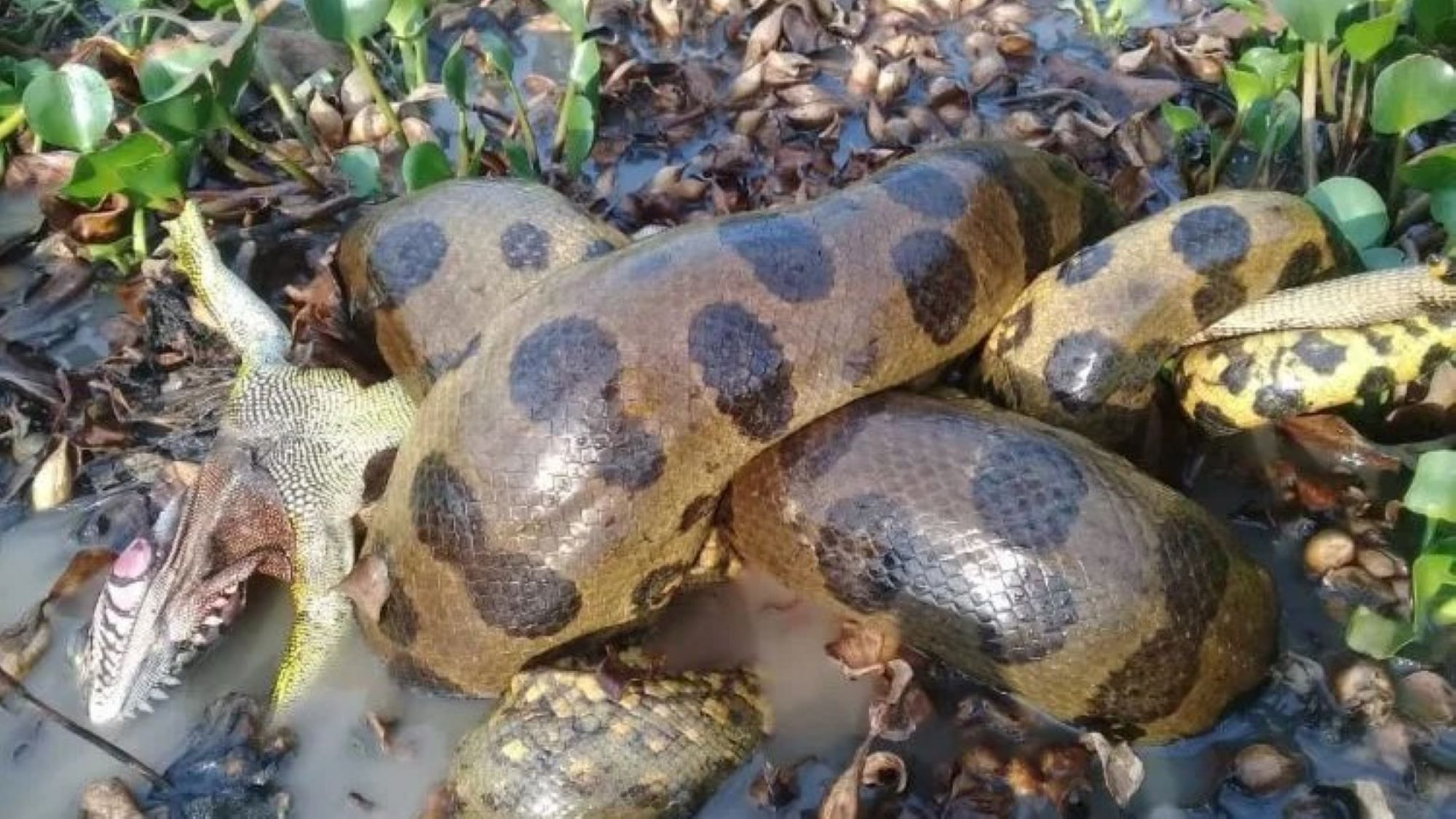
Bryan G. Fry
I head the Adaptive Biotoxicology Lab at the University of Queensland, which studies two broad areas of toxicology: how divergent evolution of venom systems results in differential effects upon human health and variable response to antivenom treatments; and the ecotoxicological effects of endocrine disrupting oil spill metals upon the health of wildlife and indigenous communities within the Amazonian ecosystem. I have long studied the multifaceted roles of venoms in nature, from their employment in predation and defense to their use as tools for interspecies competition. Despite their critical roles and unique properties, our comprehension of venom systems' evolutionary trajectories remains in its infancy. Advancing our understanding of venom evolution necessitates an appreciation for the rich biochemical, ecological, morphological, and pharmacological diversity that characterizes venoms and their delivery mechanisms. A pivotal obstacle in this field has been the limited taxonomic breadth of species studied, leaving vast arrays of venomous species unexplored. My research endeavors are intrinsically transdisciplinary, synthesizing ecological, evolutionary biology, and functional genomics methodologies to decipher the evolution of venom systems. This includes pioneering work on the Komodo Dragon's venom, known for its potent hypotensive and anticoagulant effects, and the investigation of Antarctic octopus venoms, which exhibit unique adaptations to extreme temperatures. I have recently expanded my laboratory's research ventures into the realm of ecotoxicology, specifically examining the repercussions of oil spill-related metals on Amazonian wildlife and the health of indigenous communities reliant upon these ecosystems for their food. These endocrine-disrupting contaminants, prevalent in oil spill sites, pose significant threats not only to the physiological integrity of local fauna but also to the health and traditions of indigenous populations whose lifestyles are closely interwoven with their natural surroundings. Through a concerted effort that bridges fieldwork, laboratory analysis, and community engagement, my research now seeks to uncover the impact of these pollutants on biological systems and contribute to the development of strategies that safeguard both wildlife conservation and public health.
Latest articles by Bryan G. Fry
Sign up for the Live Science daily newsletter now
Get the world’s most fascinating discoveries delivered straight to your inbox.

